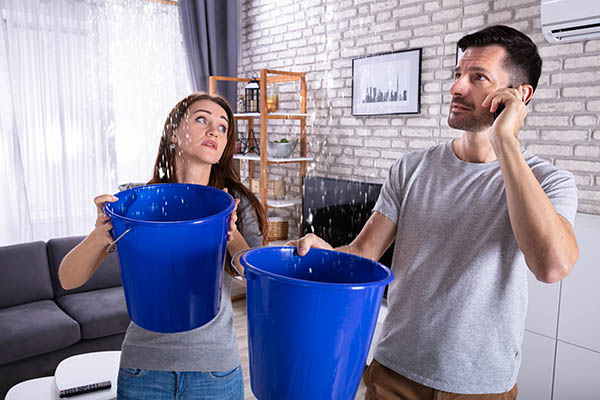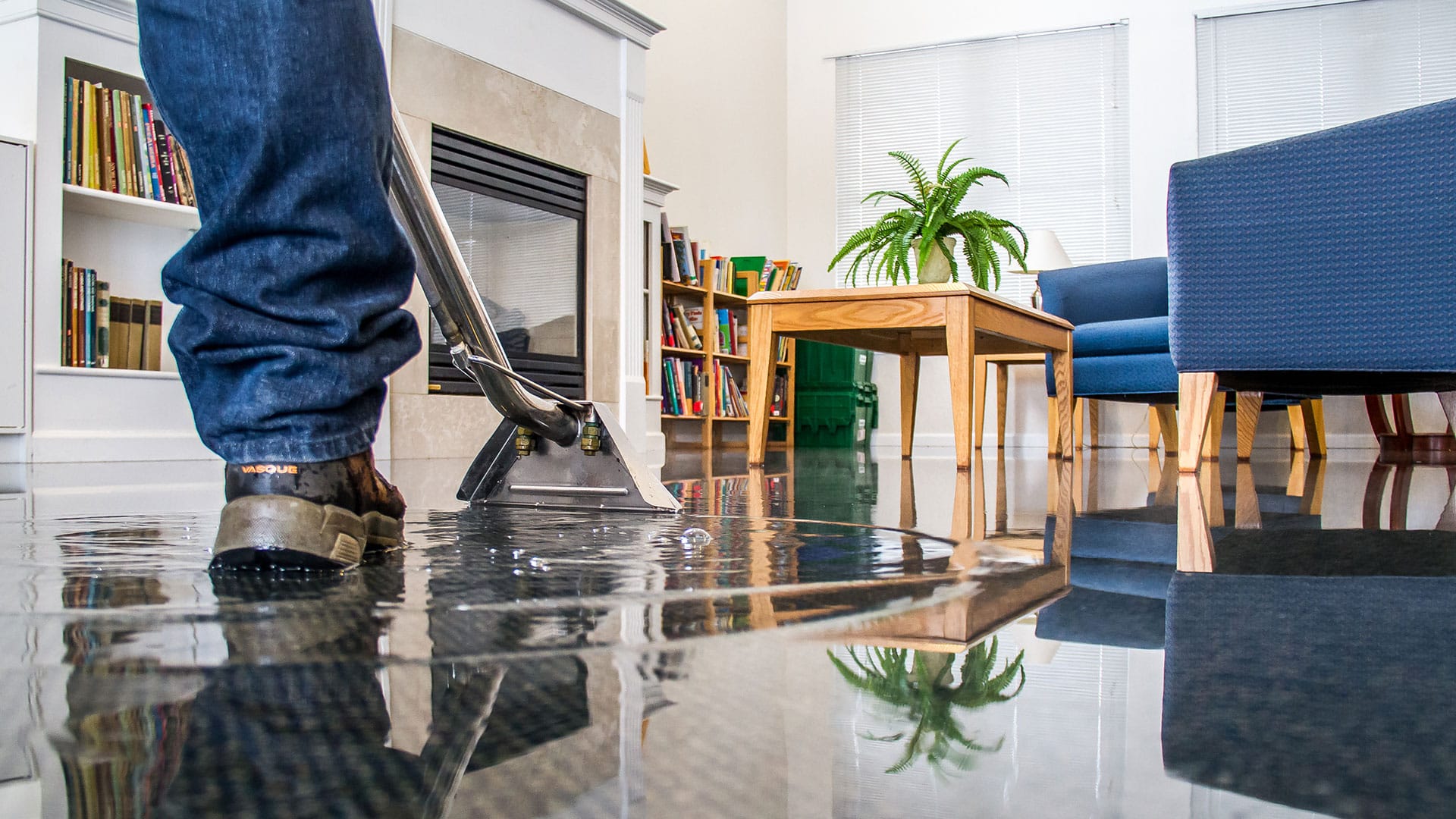How Flood Cleanup Services rebuild your property after severe water damage
Water Damage Restoration 101: Understanding the Process and Cost
Water damage can strike unexpectedly, leaving homeowners in a state of complication. Comprehending the reconstruction process is vital for efficient recovery. From evaluating the damage to selecting the right service provider, each action influences the total outcome and price. Variables such as the sort of water damage and urgency also play a considerable function. What are the particular methods utilized in repair, and exactly how can one plan for possible costs?
Kinds Of Water Damage
Water damage can emerge from numerous resources, each providing special difficulties for remediation. The three primary sorts of water damage are classified based upon contamination levels: clean water, grey water, and black water. Tidy water originates from sources like busted pipelines or rainwater, positioning minimal health threats. Gray water, which consists of wastewater from sinks or washing machines, contains impurities that might create pain or health problem if ingested. Black water, the most harmful category, originates from sewer or floodwaters, including hazardous bacteria and pathogens. Each type requires certain remediation strategies and precaution to properly attend to the damage and reduce health threats. Comprehending these differences is vital for experts and home owners associated with the water damage restoration procedure.
First Evaluation and Examination
An extensive first analysis and evaluation are crucial actions in the water damage restoration process. This phase begins with an expert examining the level of the damage, recognizing the resource of the water breach, and figuring out the sort of water entailed - Flood Cleanup Services. Service technicians utilize customized tools to gauge dampness degrees in numerous products, such as wall surfaces, floorings, and furnishings. In addition, they examine architectural stability and possible health and wellness dangers, consisting of mold development. The findings from this examination notify the restoration plan, guiding necessary actions and source allocation. Exact documents of the damage is important for insurance coverage claims and future reference. Overall, this first analysis prepares for efficient remediation, guaranteeing a comprehensive reaction to the specific scenario available

Water Removal Methods
Complying with the initial assessment, reliable water extraction techniques are used to reduce damage and avoid further concerns. These methods involve the usage of specific devices such as industrial-grade vacuums and submersible pumps. The option of method relies on the volume of water existing and the sort of materials influenced. For standing water, completely submersible pumps are commonly made use of for fast elimination, while vacuum cleaners are perfect for extracting water from carpets and furniture. Furthermore, progressed methods like water removal mats might be used for hard-to-reach areas. The objective is to eliminate as much water as possible, lessening the potential for mold development and structural damage. Motivate and efficient water extraction is essential in the general water damage remediation procedure.
Drying and Dehumidification Process
As soon as the water extraction is full, the drying and dehumidification process comes to be important to restoring the afflicted location. This phase typically utilizes industrial-grade dehumidifiers and air moving companies to successfully lower moisture levels. The dehumidifiers attract wet air, removing excess humidity, while air moving companies flow air to accelerate evaporation. Tracking devices is usually utilized to track humidity and temperature levels, making certain optimal drying out problems. The period of this procedure can vary depending upon the level of the water damage and environmental aspects. It is vital to completely completely dry all affected products, consisting of wall surfaces, floor covering, and furnishings, to stop mold from this source development and structural damage. Appropriate implementation of this step is vital for an effective reconstruction outcome.
Cleaning and Sanitizing Affected Areas

Initial Analysis and Examination
Before beginning any kind of remediation initiatives, a complete preliminary analysis and assessment of the affected locations are important for effective cleansing and disinfecting. This process involves determining the level of water damage, determining the resource of the water invasion, and assessing the products impacted. Inspectors usually look for signs of mold and mildew development, structural stability concerns, and damaged items. The assessment likewise consists of checking wetness degrees making use of customized equipment to ensure no surprise water pockets stay, as these can result in further difficulties. Documenting the findings is important for intending the next action in the reconstruction process. An in-depth first analysis enables remediation specialists to devise a targeted method for efficient cleansing and disinfecting, inevitably reducing damage and health and wellness dangers.
Cleansing Strategies and Products
Reliable cleansing and disinfecting of water-damaged locations call for a selection of strategies and items customized to the certain products impacted. For permeable surfaces like drywall and carpeting, extraction approaches are important to remove excess wetness, followed by deep cleaning with specialized cleaning agents. Non-porous products such as tile or metal can be cleaned up utilizing commercial-grade cleansers that efficiently eliminate contaminants. Steam cleaning is one more efficient technique, particularly for carpetings and furniture, as it utilizes heats to eliminate bacteria and mold. In addition, eco-friendly items are significantly prominent for their security and effectiveness. Inevitably, choosing the proper cleansing techniques and products not just ensures prompt sanitation however also help in avoiding further damage and carcinogen related to water breach.
Sanitization and Disinfection Techniques
When addressing water damage, correct sanitization and disinfection techniques are vital to assure the safety and security and health of the affected environment. After preliminary cleaning, surface areas need to be treated with ideal anti-bacterials to eliminate pathogens, mold, and bacteria that thrive in moist problems. Typical approaches include making use of EPA-approved chemical disinfectants, which can be used through spraying or cleaning methods. Additionally, ultraviolet (UV) light systems can successfully sanitize areas by counteracting bacteria without harsh chemicals. The choice of approach typically depends on the sort of materials influenced and the degree of contamination. Ultimately, detailed sanitization not only restores a risk-free home but additionally helps protect against future health and wellness risks related to lingering wetness and mold and mildew development.

Fixings and Restoration Options

Factors Affecting Restoration Prices
The degree of water damage directly impacts the restoration costs home owners can expect to incur. Factors such as the resource of the water, the duration of direct exposure, and the afflicted materials greatly affect rates. For circumstances, clean water damage from a damaged pipeline is generally less pricey to restore compared to damage triggered by sewer. In addition, the level of contamination dictates the demand for specialized cleaning and disposal solutions, additionally enhancing expenditures. Geographic location likewise plays a role, as local labor rates and schedule of remediation solutions can vary. Ultimately, the seriousness of the response impacts prices; quicker interventions typically bring about lower total expenses by protecting against further damage. Recognizing these variables is essential for house owners when approximating repair expenses
The three primary kinds of water damage are classified based on contamination levels: clean water, grey water, and black water. A comprehensive initial analysis and examination are crucial steps in the water damage repair procedure. For standing water, completely submersible pumps are normally used for rapid elimination, while vacuum cleaners are optimal for extracting water from carpetings and furniture. The extent of water damage straight affects the remediation sets you back house owners can anticipate to sustain. Tidy water damage from a broken pipe is typically less expensive to bring back compared to damage triggered by sewer.